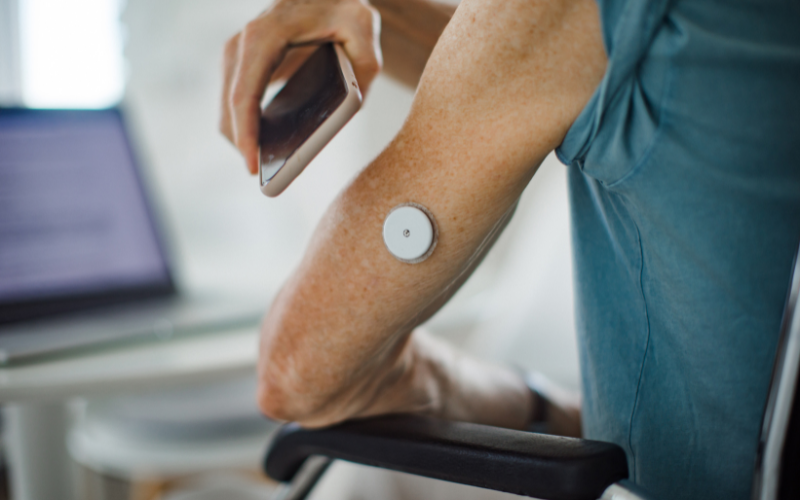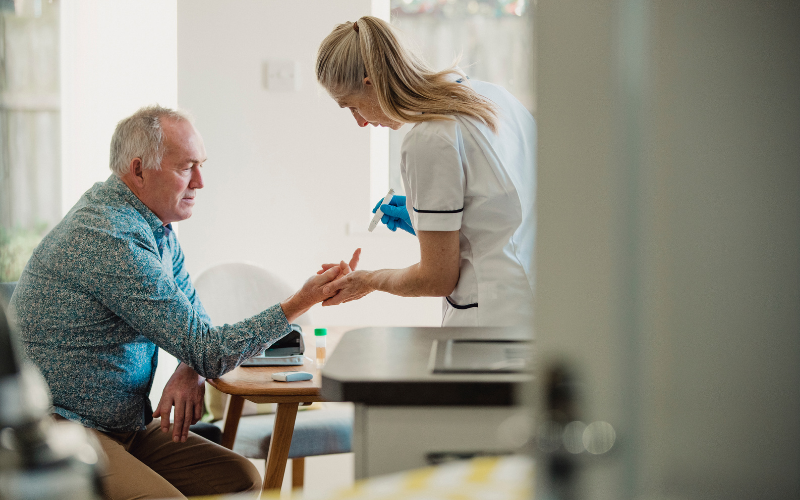Leaps in Continuos Glucose Monitoring: The Promise of Biocompatible Glucose Sensors

I frequently find myself fielding questions about the newest innovations in our dynamic and rapidly progressing industry. We're at an exciting juncture, with developments emerging at an astonishing pace. One such advancement that is particularly capturing attention is the biocompatibility of glucose sensors designed for subcutaneous implantation.
The evolution of CGMs has been transformative in the diabetes management landscape. However, it's crucial that we continue to innovate and improve. Traditional CGMs, like our Freestyle Libre and Dexcom systems, have become game-changers, offering real-time glucose monitoring and user-friendly interfaces. However, the new wave of sensor biocompatibility, designed for subcutaneous implantation, has potential to redefine our industry even further.
Biocompatibility is a complex yet critical facet of sensor technology. It refers to the ability of a device to perform its intended function, without eliciting any adverse reactions in the body. As we venture into the realm of subcutaneously implanted glucose sensors, biocompatibility becomes even more critical. The device, once implanted, needs to coexist harmoniously within the body while maintaining optimal functionality over extended periods.
A crucial part of ensuring biocompatibility lies in mitigating any inflammatory responses. Such reactions can potentially interfere with the accurate reading of glucose levels and may also compromise the device's longevity. Expert research and development teams across the globe have been focusing intensively on this aspect, working tirelessly to engineer materials and technologies that are both body-friendly and highly accurate in their function.
Another challenge posed in the design of subcutaneously implanted sensors is the need for unobtrusive, painless, and convenient ways of implantation and removal. Industry experts are committed to addressing this aspect to ensure a seamless and comfortable user experience.
Furthermore, the interaction between the sensor and body tissues is a critical research focus. By understanding this relationship, the aim is to develop sensors that operate seamlessly within the body, setting the stage for the next generation of diabetes management.
Looking forward, the ultimate goal is the integration of these biocompatible sensors into a closed-loop system, often termed an “artificial pancreas”. A system that not only monitors glucose levels but also autonomously adjusts insulin delivery would be a revolution in the world of diabetes management.
While there is still considerable work to be done, the path forward is encouraging. Each advancement is a step closer to transforming the lives of millions of people living with diabetes. The future of diabetes management is tethered to technologies like biocompatible, subcutaneously implanted sensors, and it is truly inspiring to witness these pioneers leading the way.
Let us look forward to a future where diabetes management is not just easier, but also more effective and less intrusive. A future where technology and biology work hand in hand to ensure better health and quality of life for all our users. The future, as they say, is just around the corner.



